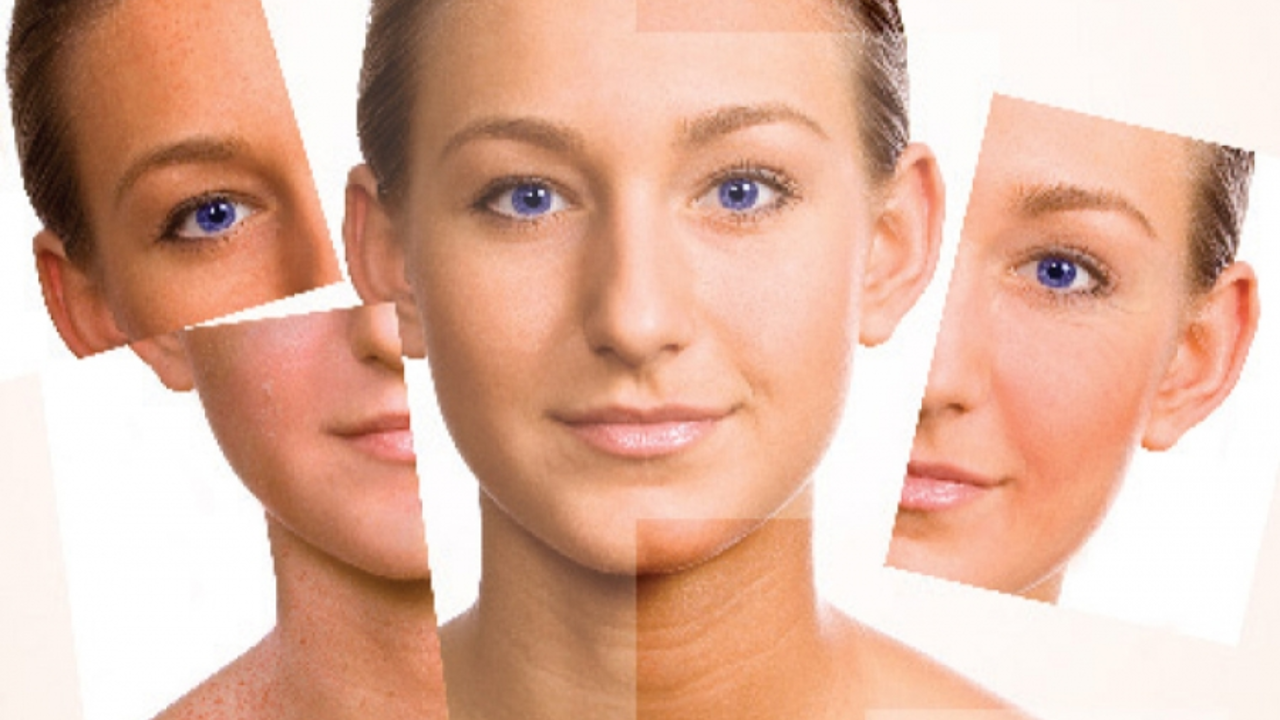Abrasions: How to Treat a Scrape Fast and Safely
Scrapes and grazes happen all the time — from falling off a bike to sliding on pavement. Most abrasions are painful but not dangerous if you treat them right. This short guide gives clear, practical steps to clean, protect, and monitor an abrasion so it heals with less pain and lower infection risk.
Quick first aid for abrasions
Start by washing your hands. Stop any bleeding with light pressure using a clean cloth or gauze. Rinse the wound with running clean water for at least 30 seconds to remove dirt and grit; a gentle stream is often better than scrubbing. Use tweezers cleaned with alcohol to remove obvious debris, but don’t dig around under the skin.
Clean the area around the scrape with mild soap and water — avoid forcing soap into the wound. Skip hydrogen peroxide or rubbing alcohol for regular cleaning; they can slow healing. After rinsing, pat the area dry and apply a thin layer of an over-the-counter antibiotic ointment (like bacitracin) if you don’t have an allergy to it. Cover with a non-stick sterile dressing and change it daily or sooner if it gets wet or dirty.
Watch for infection and next steps
Check the wound once a day. Signs of infection include increasing redness that spreads, warmth, swelling, worsening pain, yellow or green pus, and fever. If any of those appear, see a healthcare provider. Also see a doctor if the abrasion is large, very deep, has jagged edges, exposes bone or tendon, came from an animal bite, or if you can’t remove embedded debris safely.
Tetanus matters: if the wound is dirty and your last tetanus shot was more than 5 years ago, or you’re unsure of your vaccine history, contact your doctor. People with diabetes, poor circulation, or who use blood thinners should get medical review sooner because their risk of complications is higher.
For pain, over-the-counter acetaminophen or ibuprofen usually helps. Keep the wound moist while it heals — research shows moist wounds form fewer scabs and scar less. After the skin closes, use silicone gel or sheets and sunscreen on the area to reduce scar darkening.
Most abrasions heal in a few days to a couple of weeks. If healing stalls or the wound looks worse instead of better after 48–72 hours of proper care, see a clinician. They can do a better clean, remove stubborn debris, give a prescription antibiotic if needed, or decide if stitches are required for a deeper cut rather than an abrasion.
Prevention is simple: wear protective clothing, use knee and elbow pads for high-risk activities, and choose proper footwear. For kids, helmets and supervised play cut down the most common causes of nasty road rash.
Got a specific scrape you’re worried about? Describe what happened, where it is, and how it looks, and you can get clearer next steps — or reach out to your local clinic for a quick check-up.
The Impact of Abrasions on Skin Health
In my latest exploration of skin health, I've delved into the impact of abrasions. These common injuries can lead to more serious issues if not properly cared for, such as infections or delayed healing. Furthermore, repeated abrasions can contribute to long-term skin damage and scarring. It's crucial to treat these wounds promptly and correctly to maintain our skin's overall health. So remember, folks, a simple scrape isn't always as innocent as it seems!
- View More
- 11

